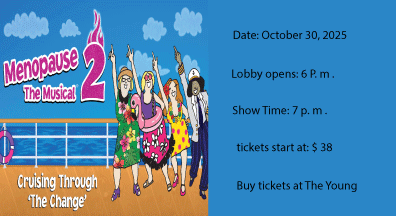Whitewater, Rock County merger brings library website revamp
photo courtesy of Craig Schreiner
UW-Rock County student Jaimee Swanson works on her homework in the campus library.
September 24, 2019
Starting this semester, the next time students visit the library website they’ll find a whole new look.
The majority of the content will be the same, but it was redesigned to be more accessible to students by highlighting key resources on the main page. The website was also redesigned to accommodate two libraries, Andersen Library and the Gary J. Lenox Library, that now share all resources following the Whitewater and Rock County merger.
“Hopefully what the redesign does is streamline resources and makes it easier for students to access the things that matter to them, in terms of what they are going to use on a regular basis,” said Library Director Paul Waelchli.
On the main page, students will be able to quickly find access to existing resources such as databases for research, course/subject guides, room reservations and individual appointments with a librarian. Those services have stayed the same but will hopefully be easier for students to find on the new layout.
A slight change is that everyone must log in to access journals and databases even if they are on campus.
The full integration between Andersen and Lenox libraries also means that students will have access to a shared catalog as well as online resources.
New online resources include new databases that Rock County subscribed to but Whitewater did not. Those include JSTOR Arts & Sciences V & VI, Gale databases and Opposing Viewpoints in Context.
According to Martha Stephenson, a reference and instruction librarian at Andersen Library, the Opposing Viewpoints database will be useful for students who will need to have research papers that are argumentative in nature.
“Students can type in a topic they are interested in in the database and it will give you a pro and a con side,” said Stephenson. “So it is good for speech classes.”
Collection Manager Carol J. Elsen said many of the databases are searchable through the big search box on the main page of the library website.
“So if students are worried about how to find articles and scholarly material, they should really come on the library website and that will be their portal to scholarly information,” said Elsen.
Along with online resources the two libraries now share physical collections as well. On the library website students can find a “Local Request” option where they can place a book or item on hold from either library. The library will then pull the material and take the item to either campus and students will receive an email whenever their item is ready for pickup.
“I know that it is not too flashy of a new service, but it is one more way that we are trying to reduce barriers for students to access the resources they need,” said Waelchli.
Waelchli said they are still in the process of running usability tests on the website, and he encourages students to reach out with any feedback.













